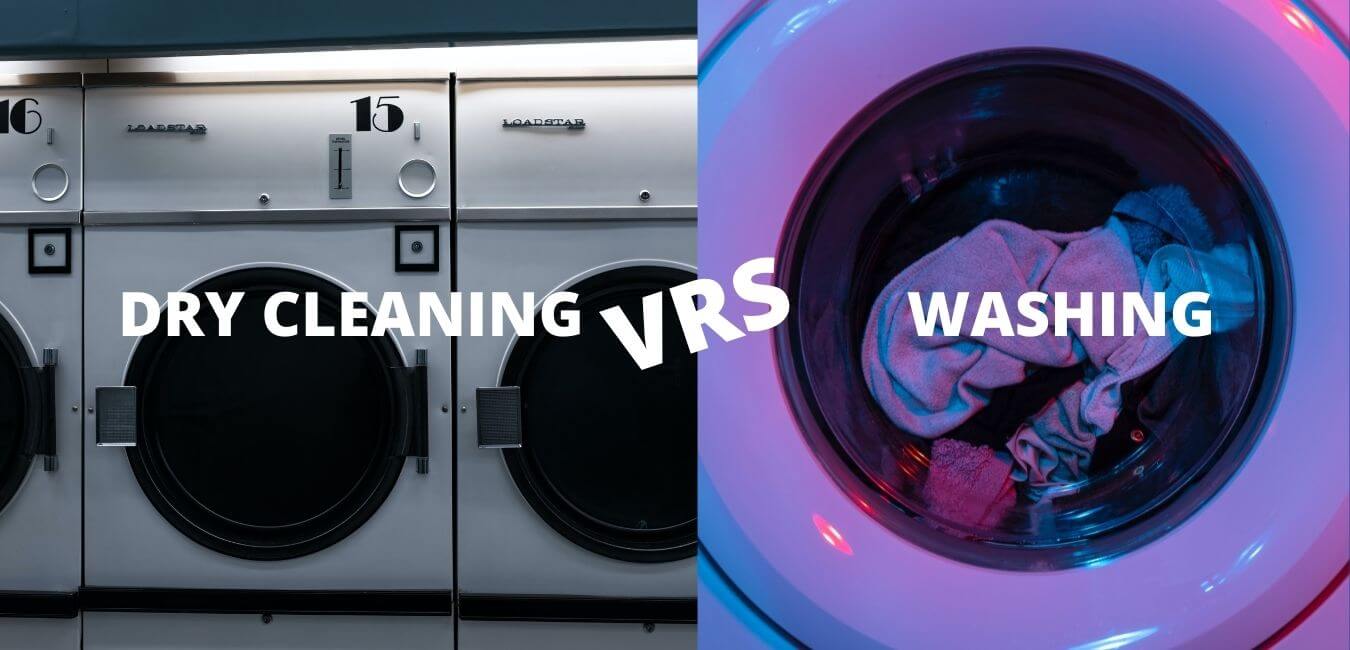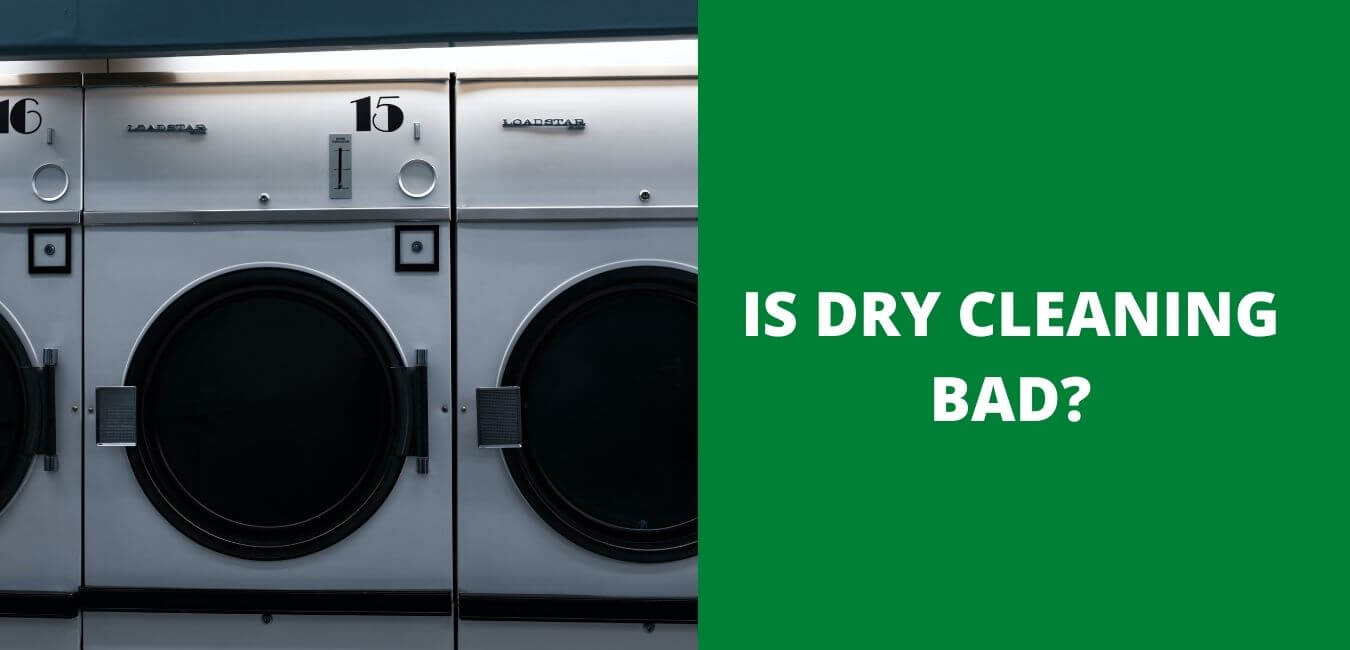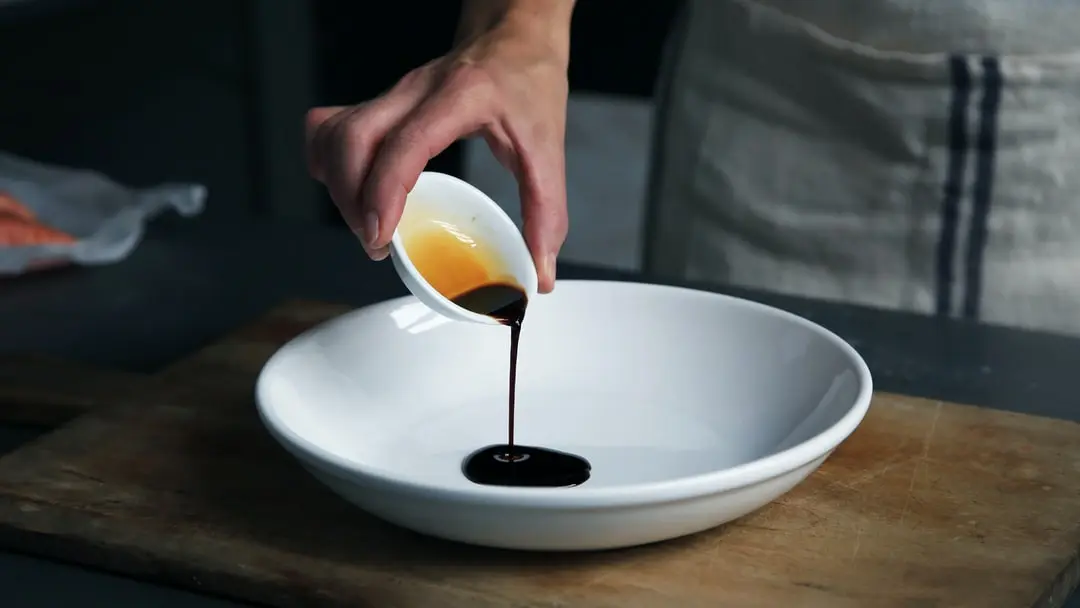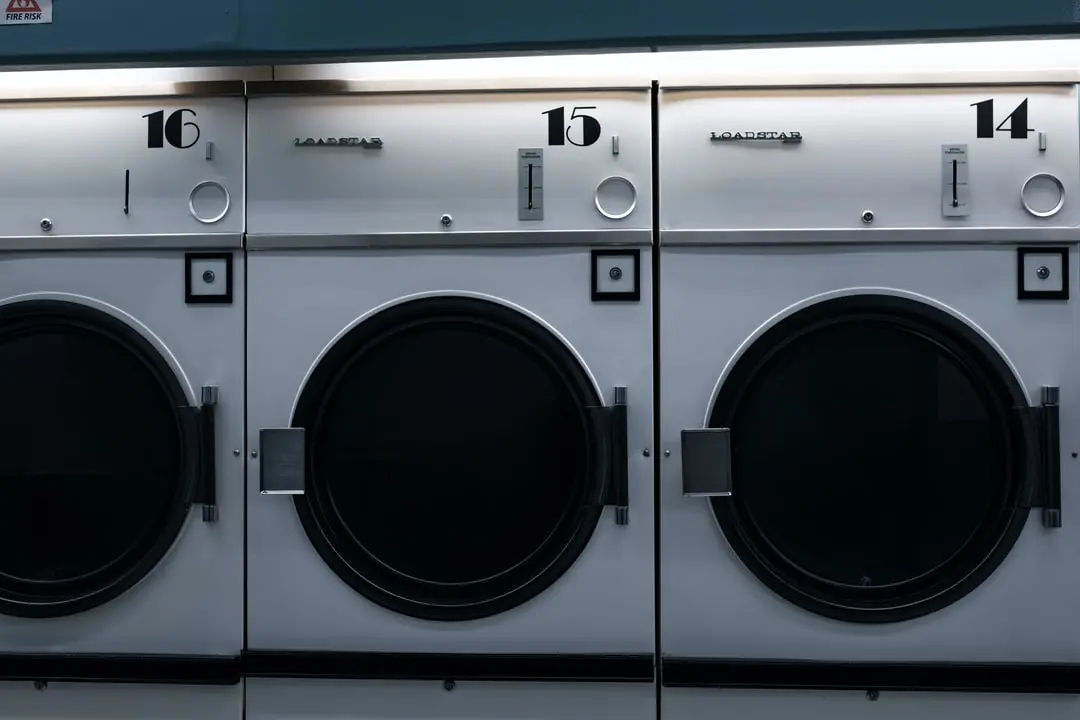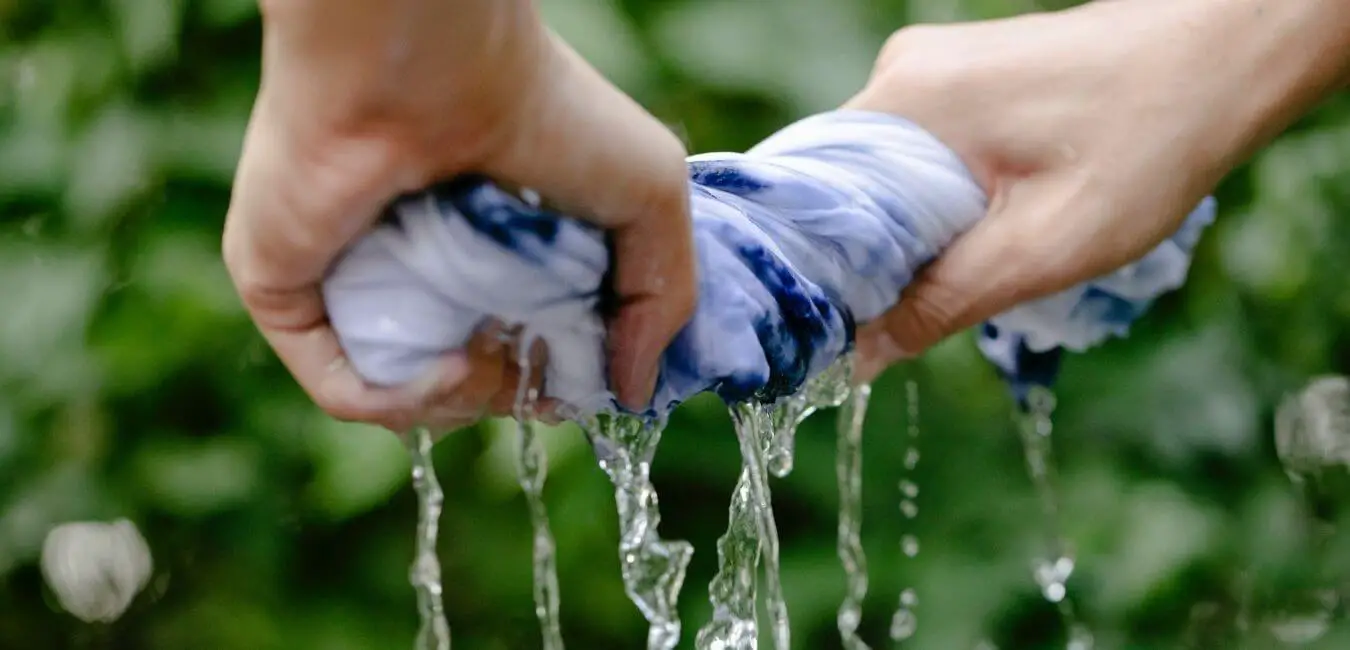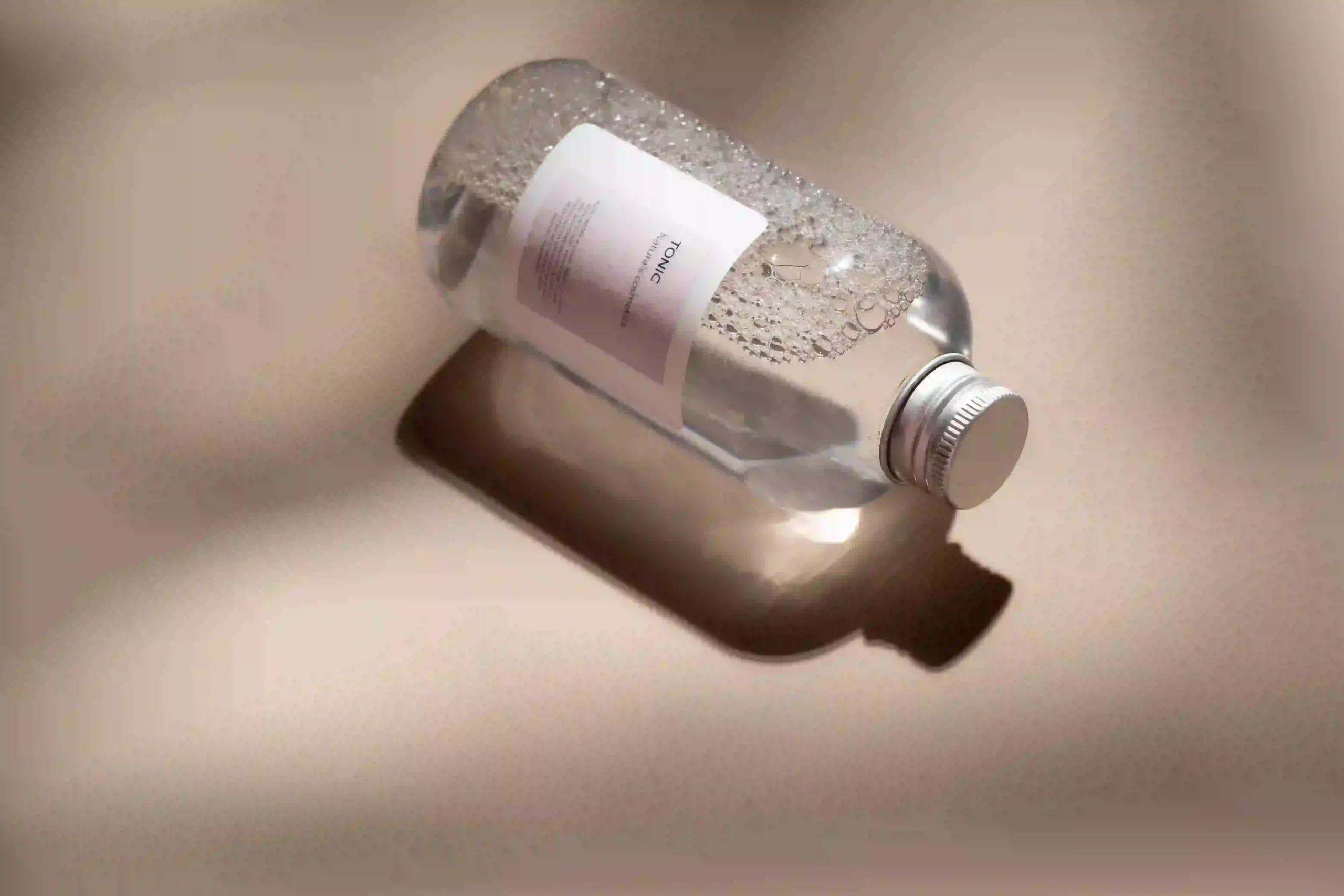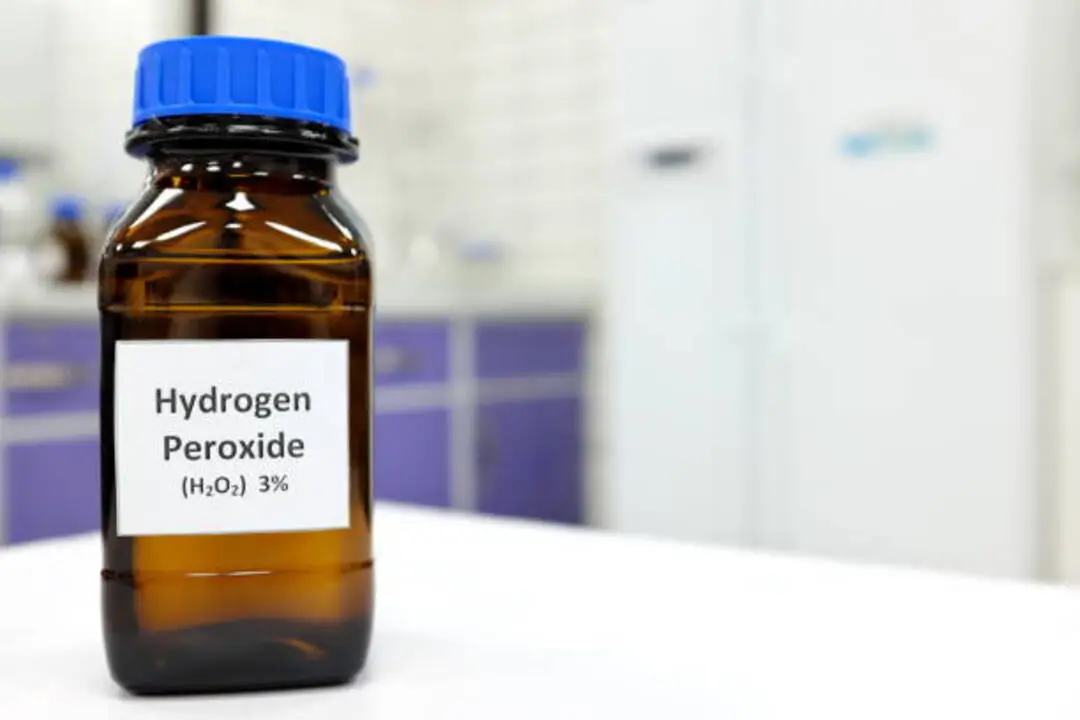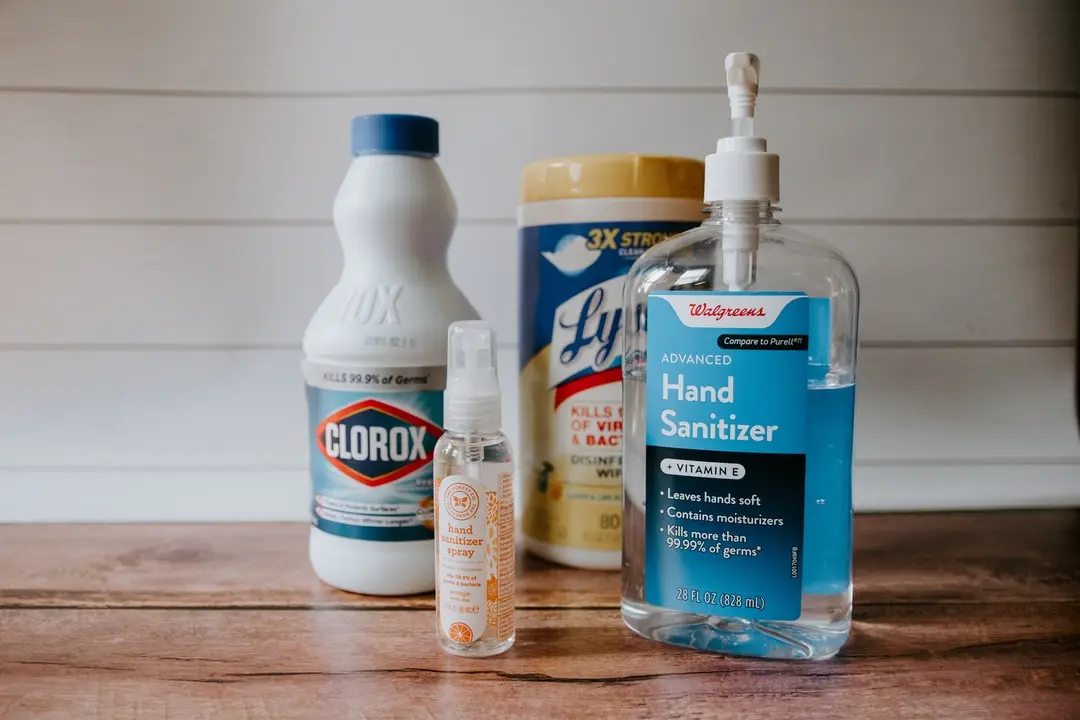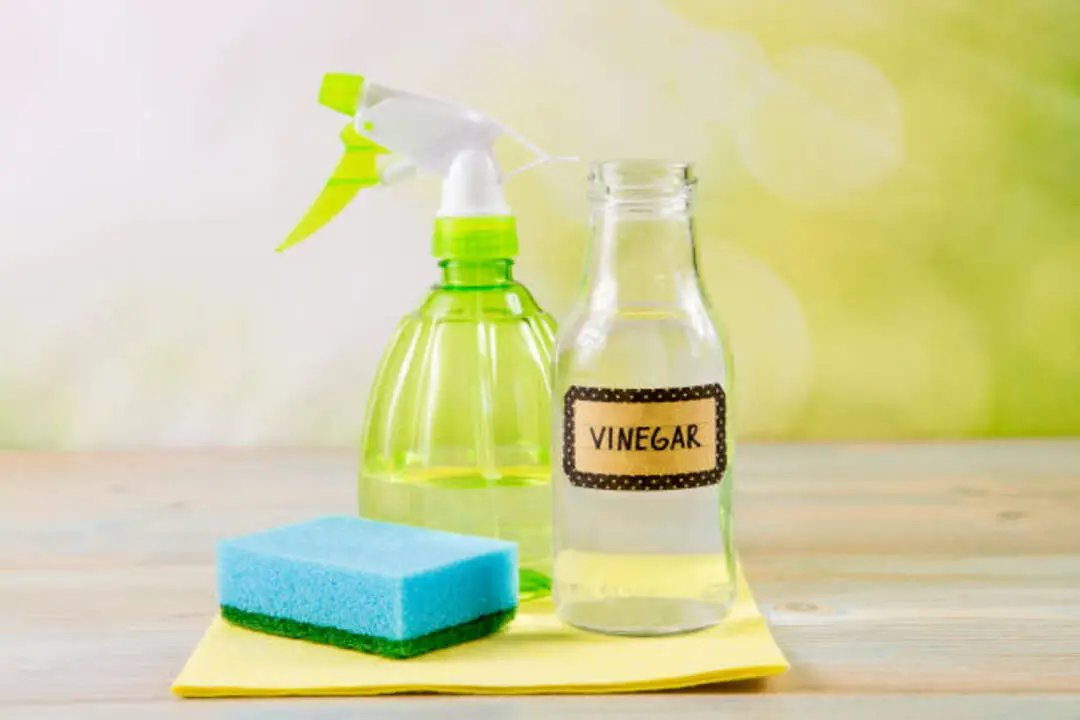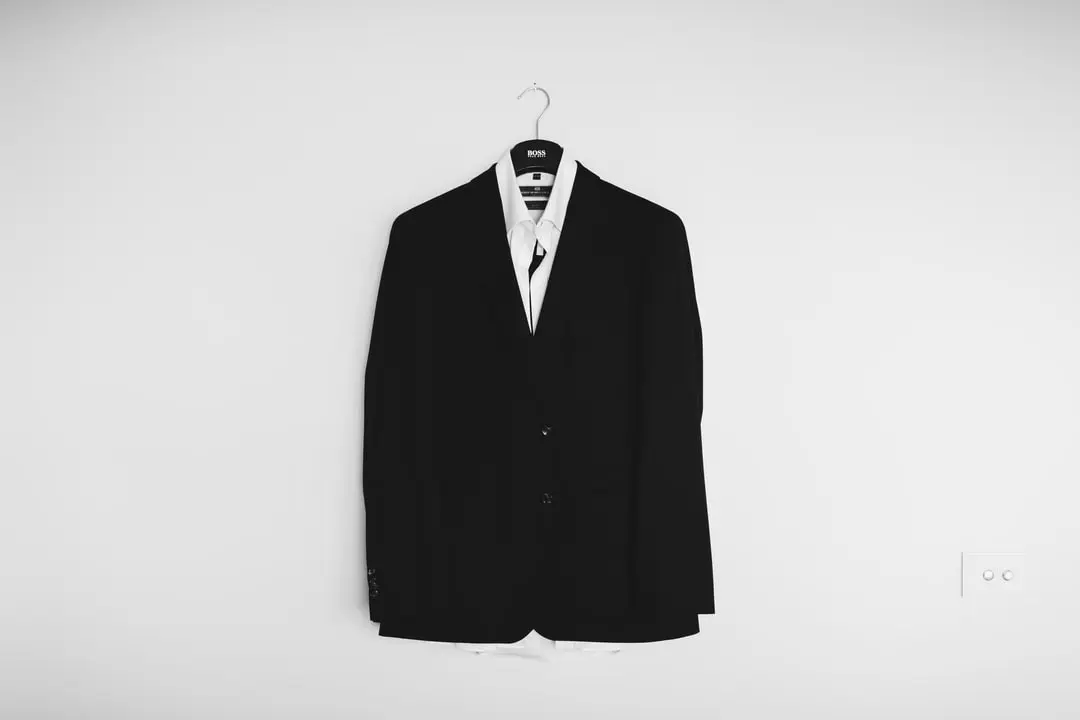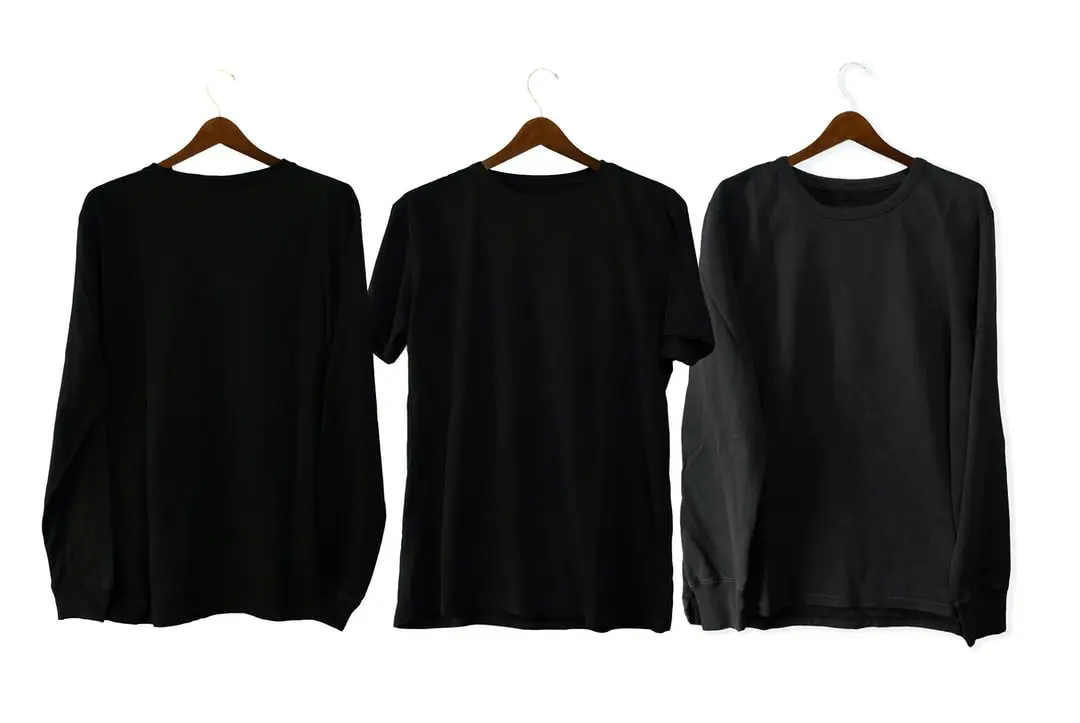If you’re like most people, the last thing you want to do is spend hours ironing your clothes. But let’s face it: wrinkles can be a real fashion faux pas.
Fortunately, with the right iron, you can achieve wrinkle-free clothing without sacrificing hours of your time.
In this ultimate guide to irons for wrinkle-free clothes, we’ll explore everything from steam settings to soleplates. Whether you’re an ironing pro or just starting out, we’ve got you covered with tips and tricks for getting the job done quickly and efficiently.
So why waste another minute stressing over wrinkled clothes? Let’s dive into the world of irons and say goodbye to those pesky creases once and for all.
Understanding Different Types Of Irons

Ironing is an essential chore that needs to be done regularly to keep your clothes looking neat and wrinkle-free. However, choosing the right iron can make all the difference in your ironing techniques.
Like a painter with different brushes, you need different types of irons for specific fabrics and materials. Understanding the different types of irons can help you choose the one that’s best suited for your needs.
The three main types of irons are steam irons, dry irons, and garment steamers. Each type has its own unique set of features and benefits that make them suitable for specific fabrics.
Temperature control is another critical feature to consider when choosing an iron. Different fabrics require different heat settings to avoid damage or scorch marks. Having an iron with adjustable temperature controls allows you to customize the heat setting according to the fabric you’re working with.
This feature is especially important if you frequently work with delicate fabrics like silk or chiffon.
Steam Settings: How To Use Them Effectively
Now that you understand the different types of irons, it’s time to focus on how to use them effectively. The steam settings of your iron are crucial in achieving wrinkle-free clothes.
Start by selecting the optimal temperature for the fabric of your clothes, then switch on the steam option. Be mindful of using too many steam bursts, as they can result in water stains on your clothes. Instead, use short bursts and move the iron slowly over the fabric.
If you’re worried about water stains, try using distilled water instead of tap water. And don’t forget to clean your iron periodically to prevent any buildup. Preventing water stains and keeping your iron clean are essential steps toward achieving perfectly pressed clothes.
But what about getting those hard-to-reach areas? Soleplates are just as important as steam settings when it comes to choosing the right iron.
In the next section, we’ll discuss what to look for in a soleplate and how it can make all the difference in your ironing experience.
Soleplates: What To Look For
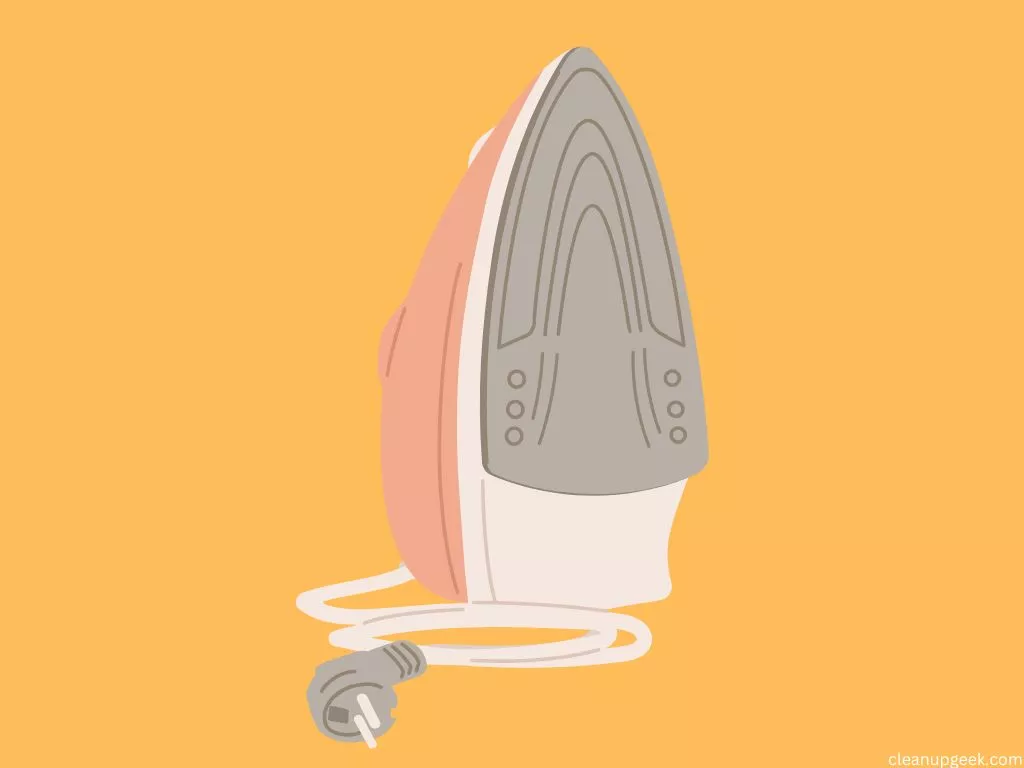
Gone are the days of wrinkled clothes and time-consuming ironing. Thanks to modern technology, irons have evolved into essential home appliances that make dressing up a breeze.
However, not all irons are created equal, and one of the most crucial components to consider is the soleplate. Soleplates come in various materials, each with its own advantages and disadvantages. Ceramic or non-stick soleplates provide smooth gliding for effortless ironing but require delicate handling to avoid scratches.
Stainless steel, on the other hand, is durable and easy to clean but may cause friction when ironing delicate fabrics like silk or chiffon. Lastly, titanium soleplates are known for their superior heat distribution and scratch-resistant surface but can be quite expensive.
To ensure the longevity and optimal performance of your iron’s soleplate, proper cleaning methods must be observed regularly. Avoid using abrasive cleaners or harsh chemicals that may damage the surface. Instead, opt for gentle solutions such as vinegar or baking soda mixed with water to remove stubborn stains or residue.
Maintaining a wrinkle-free wardrobe has never been easier with the right iron that suits your needs. Now that we’ve covered soleplate materials and cleaning methods let’s move on to another essential aspect of ironing – water tanks and reservoirs: capacity and maintenance.
Water Tanks And Reservoirs: Capacity And Maintenance
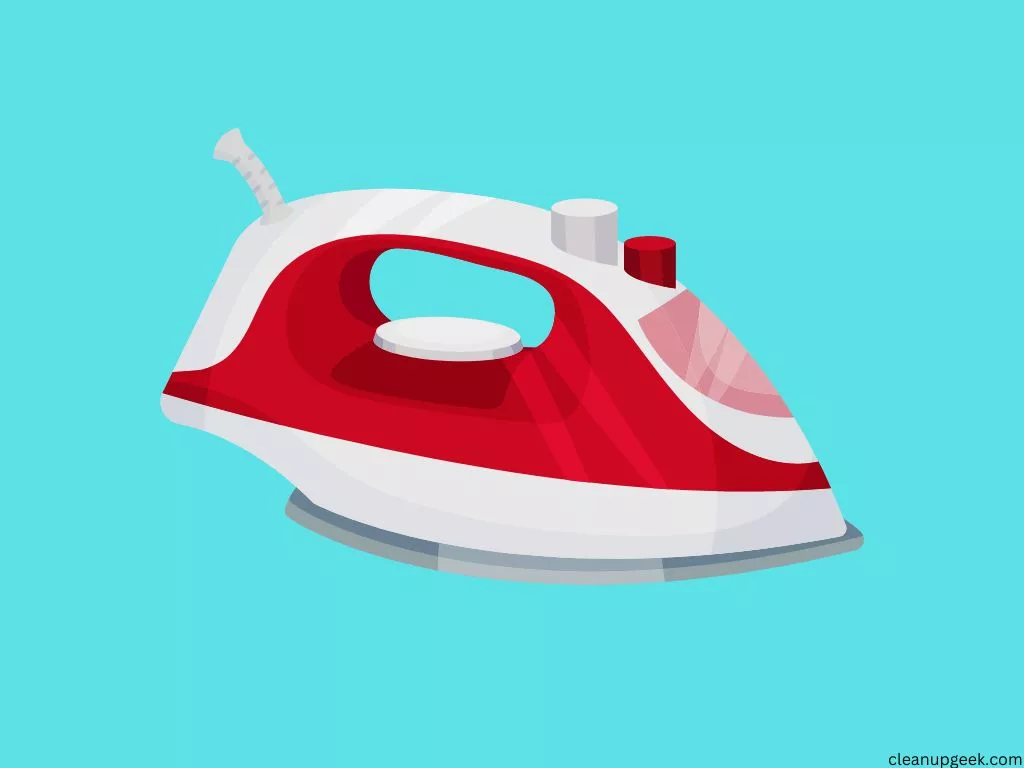
When it comes to ironing efficiency, the capacity of your water tank or reservoir plays a crucial role. The larger the capacity, the longer you can press on with your ironing without stopping for refills. However, a bigger tank also means more weight and bulkiness to maneuver around. So how do you strike a balance between capacity and convenience?
Firstly, consider your typical ironing load. If you have a family of four with heaps of laundry every week, then a larger tank is warranted. But if you only iron occasionally for yourself, then go for a smaller one that won’t weigh you down or take up too much storage space.
Secondly, factor in descaling and cleaning techniques when choosing your water tank size. A smaller tank requires more frequent refills but is easier to clean and descale than a large one that may hold stagnant water for long periods.
To maintain efficient performance from your iron’s water reservoir, it’s important to keep it clean and free of scale buildup caused by minerals in tap water. Here are some tips for cleaning and descaling:
- Use distilled or demineralized water to fill the tank instead of tap water.
- Drain any leftover water from the tank after each use.
- For light buildup, mix equal parts vinegar and water in the reservoir, then run the iron on steam until empty.
- For heavy buildup, use a commercial descaler solution according to instructions.
- Rinse the reservoir thoroughly with clean water before using it again.
By keeping these maintenance tips in mind when choosing your iron’s water tank capacity, you can ensure smooth operation and wrinkle-free clothes every time without sacrificing convenience or ease of cleaning.
As we’ve seen so far, maintaining an efficient iron requires attention not just to its core features but also to its accessories like water tanks.
But what about corded vs cordless irons – which is better? Let’s find out in the next section.
Corded Vs Cordless Irons: Which Is Better?
When it comes to wrinkle-free clothes, everyone has their preferences. Some swear by corded irons, while others prefer a cordless option. But which one is better?
Let’s take a look at the performance comparison of both types of irons to decide.
Corded irons tend to have more power and heat up faster than cordless ones, making them great for deep wrinkles and stubborn creases.
On the other hand, cordless irons are more convenient and portable, so they’re perfect for traveling or quick touch-ups.
In the end, it all comes down to personal preference and lifestyle.
Create a table containing two columns and name it the “comparison between corded and cordless irons in terms of performance.” Each column should contain five points about the differences between corded and cordless irons according to their performance.
| Corded Irons | Cordless Irons |
|---|---|
| 1. Consistent heat supply | 1. Limited heat supply |
| 2. More powerful steam output | 2. Weaker steam output |
| 3. Higher wattage for faster heating | 3. Lower wattage for slower heating |
| 4. Longer cord for greater mobility | 4. Limited mobility due to battery life |
| 5. Better for heavy-duty use | 5. More suitable for light to medium use |
Corded Irons
If you’re looking for an iron that can provide consistent heat and steam, then a corded iron might be the best option for you. Unlike cordless irons, which rely on battery power, corded irons have a constant source of electricity that ensures uninterrupted usage.
As a senior lifestyle writer who has spent years mastering the art of ironing technique, I can attest to the fact that corded irons are particularly useful when you’re dealing with larger piles of laundry. Another advantage of using a corded iron is that it typically comes with more heat settings than its cordless counterpart.
This means that you can customize the temperature according to the fabric type and thickness, ensuring that your clothes are not only wrinkle-free but also in excellent condition. Whether you’re dealing with delicate fabrics or heavy-duty materials such as denim or canvas, a corded iron will help you achieve perfect results every time.
In short, while cordless irons have their place in certain situations, they may not be the most practical choice for everyday use. If you want an iron that can provide consistent heat and steam and has a variety of heat settings to choose from, then a corded iron is definitely worth considering.
With this type of iron, you’ll be able to tackle even the most stubborn wrinkles with ease and enjoy perfectly pressed clothes every day.
Cordless Irons
Now, if you’re someone who values the convenience of a cordless iron, then you might be wondering if it’s a better choice than its corded counterpart. Cordless irons are known for their portability and flexibility since they don’t need to be plugged into an electrical outlet to use them.
But before you make your decision, there are some factors you need to consider. For one thing, cordless irons rely on battery power, which means that their battery life can affect the iron’s performance. If the battery runs out of power in the middle of an ironing session, then you’ll have to wait for it to recharge before continuing.
Another factor is charging time. Cordless irons typically take longer to charge than corded ones since they depend on a built-in rechargeable battery. This can be inconvenient if you’re in a hurry or have a lot of laundry to do.
Overall, while cordless irons can provide more freedom and flexibility when it comes to ironing, they may not be as reliable or efficient as corded ones. If you’re looking for an iron that can deliver consistent heat and steam without any interruptions, then a corded iron is still the way to go.
Performance Comparison
Now that we have discussed the convenience of cordless irons, let’s move on to the performance comparison between corded and cordless irons.
One of the most critical factors in choosing an iron is its durability. You want an iron that will last a long time and not break down easily. Corded irons are generally more durable than cordless irons because they don’t rely on batteries to function.
Energy efficiency analysis is another essential aspect to consider when comparing the performance of corded and cordless irons. Corded irons tend to be more energy-efficient since they draw power directly from an electrical outlet. In contrast, cordless irons consume energy from their rechargeable batteries, which can lead to higher energy costs over time.
While both types of irons have their advantages and disadvantages, it’s clear that corded irons offer better durability and energy efficiency compared to their cordless counterparts. So if you’re looking for an iron that will last longer and save you money in the long run, a corded iron is still your best bet.
Ironing Boards: Choosing The Right One

Choosing the right ironing board is just as important as choosing the right iron. It’s like finding a partner, you want someone who complements you in every way.
Ironing board covers are like clothes for your board. They come in different colors and fabrics, just like our wardrobe. Choose one that suits your style and personality.
Adjustable height is an essential feature to look for when buying an ironing board. It’s like having a pair of shoes with adjustable straps, perfect for any occasion. An adjustable height allows you to customize the board’s height according to your preference, making it easier and more comfortable to use.
Investing in a good-quality ironing board is worth it. It’s like investing in a good mattress that gives you a good night’s sleep. A sturdy and durable ironing board will last longer and provide better support for your clothes while ironing. So choose wisely and enjoy wrinkle-free clothes every day.
| The Steps to Help You Choose the Right Ironing Board | Description |
|---|---|
| 1. Determine your ironing needs | Consider the frequency of ironing, the size of the items you will be ironing, and the type of iron you use. |
| 2. Consider the ironing board size | Choose a board that is large enough to accommodate your largest items. |
| 3. Look for a sturdy frame | A sturdy frame ensures stability and durability. |
| 4. Check the height adjustment | Make sure the board can be adjusted to your desired height for comfortable ironing. |
| 5. Look for a non-slip surface | A non-slip surface prevents items from slipping and sliding while you iron. |
| 6. Consider the type of cover | Choose a cover made of a durable and heat-resistant material that will not wrinkle easily. |
| 7. Look for a built-in iron rest | A built-in iron rest provides a safe place to rest your iron when not in use. |
| 8. Check for portability | If you will be moving the ironing board frequently, choose one that is lightweight and easy to fold. |
| 9. Consider your budget | Choose an ironing board that fits your budget while still meeting your needs. |
Safety Tips For Ironing
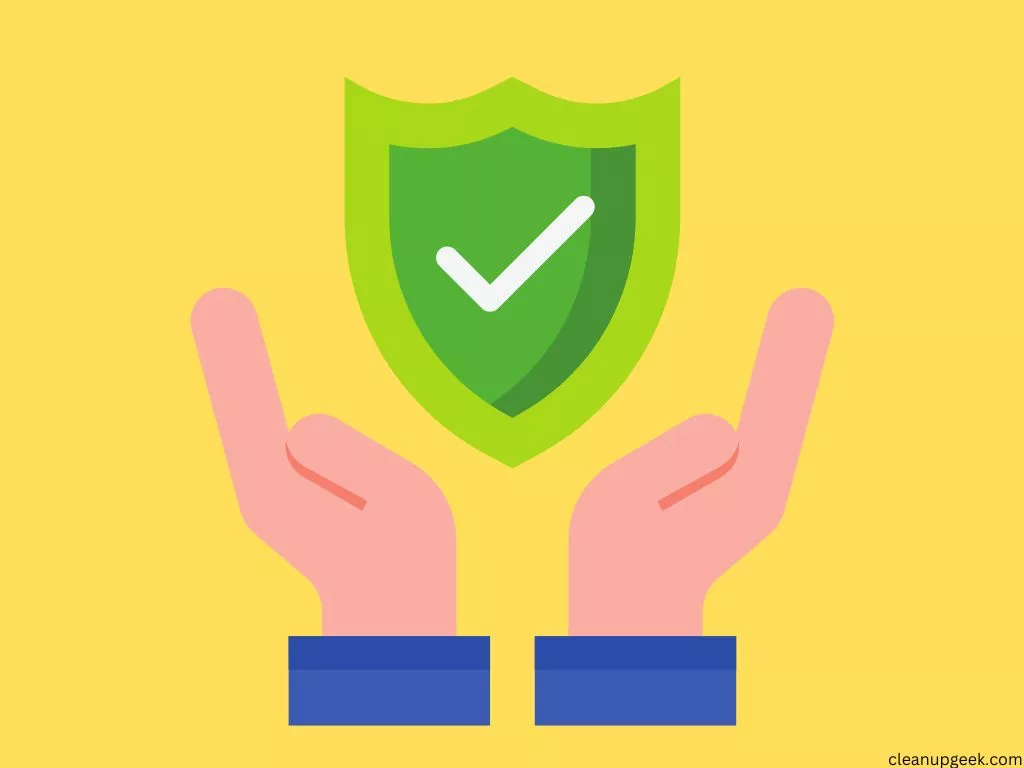
Ironing may seem like a simple task, but it can come with its own set of hazards. It is important to take necessary precautions and ensure your safety while ironing. Here are some safety tips for ironing:
- Always unplug the iron when not in use.
- Use a heat-resistant pad or surface to place the iron on while it cools down.
- Keep children and pets away from the ironing area.
- Never leave an iron unattended while it is plugged in and hot.
- Wear protective equipment, such as gloves, if necessary.
Ironing hazards can include burns, fires, and electrocution. Taking these simple precautions can help prevent accidents from happening. Additionally, wearing protective equipment can provide an extra layer of safety.
It is important to keep in mind that accidents can happen despite our best efforts. However, being aware of potential hazards and taking preventative measures can greatly reduce the risk of injury or damage.
In the next section, we will discuss common issues that may arise during the ironing process and how to troubleshoot them.
Troubleshooting Common Ironing Problems
As much as we want to have perfectly ironed clothes, sometimes things don’t go as planned. You may have noticed some scorch marks or water stains on your freshly ironed shirt, and that can be quite frustrating. But don’t worry, there are ways to prevent these mishaps.
Preventing scorch marks is easy if you know what to do. First off, make sure your iron’s temperature is set according to the fabric you’re ironing. If it’s too hot for the fabric, it can burn and leave a scorch mark.
Additionally, avoid leaving the iron in one spot for too long as this can also cause scorch marks. Lastly, use an ironing board cover that is made from heat-resistant material to prevent any damage.
Another common problem when ironing is water stains. These usually happen when you use too much steam or accidentally spill water on your clothes while ironing. To avoid water stains, make sure you fill your iron with distilled or filtered water instead of tap water which contains minerals that can leave stains.
Also, try not to overuse the steam function and let your clothes dry completely before starting to iron them.
Now that we’ve covered some common problems and how to avoid them let’s move on to some techniques for different fabrics. Each type of fabric requires a specific approach when it comes to ironing, so it’s important to know how to handle each one properly.
Ironing Techniques For Different Fabrics
To achieve that crisp, professional look for your clothes, it’s important to know how to iron different textures. Whether you’re pressing cotton or silk, each fabric has its own unique characteristics that require specific ironing techniques.
For example, cotton can withstand high heat settings while silk requires a cooler temperature to prevent scorching. When ironing cotton, start with a high heat setting and use steam if possible. Iron in a back-and-forth motion with firm pressure to smooth out any wrinkles. Be sure to avoid leaving the iron on one spot for too long as this can cause scorching. Once you’ve finished ironing, hang the garment immediately to prevent new wrinkles from forming.
Silk requires a gentler touch when it comes to ironing. Use a low heat setting and avoid using steam as this can damage the delicate fabric. Instead of pressing down firmly on the iron, use a light touch and glide over the fabric in one direction. It’s also important to avoid stretching or pulling the fabric as this can cause it to lose its shape.
Properly ironing your clothes not only ensures they look great but also extends their lifespan. By using these tips and tricks for different fabrics, you’ll be able to achieve wrinkle-free clothing every time.
| Fabric Type | Ironing Techniques |
|---|---|
| Cotton | Use a hot iron with steam for the best results. Iron on the highest temperature setting and always use a pressing cloth to prevent scorching. |
| Silk | Use a low heat setting with no steam. Always use a pressing cloth and avoid pressing too hard. Iron on the wrong side of the fabric to prevent damage. |
| Wool | Use a low to medium heat setting with steam. Always use a pressing cloth and avoid pressing too hard. Iron on the wrong side of the fabric to prevent damage. |
| Linen | Use a hot iron with steam for the best results. Iron on the highest temperature setting and always use a pressing cloth to prevent scorching. |
| Polyester | Use a low to medium heat setting with no steam. Always use a pressing cloth and avoid pressing too hard. Iron on the wrong side of the fabric to prevent damage. |
| Rayon | Use a low to medium heat setting with no steam. Always use a pressing cloth and avoid pressing too hard. Iron on the wrong side of the fabric to prevent damage. |
How To Store Your Iron Properly
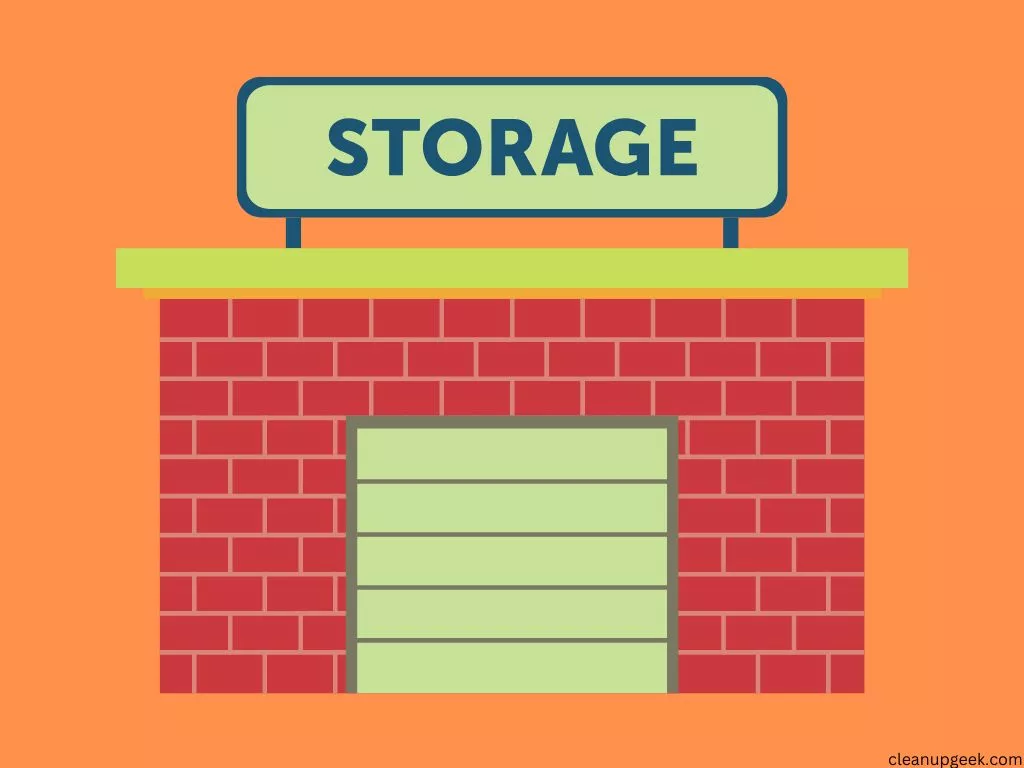
Ironing Techniques for Different Fabrics have been discussed in detail, and now it’s time to focus on the importance of Proper storage and Preventing rust. A good iron is an investment worth protecting, and the best way to do that is by storing it properly.
The first step is to make sure that your iron has cooled down completely before storing it away.
Next, find a dry and cool place to store your iron. Avoid keeping it in a damp area as this can cause rust to form on the soleplate. It’s also important to keep your iron upright and not laying flat on its side to prevent any leaking or damage.
To keep your iron in top condition, clean the soleplate regularly with a damp cloth or sponge. For stubborn stains, use a non-abrasive cleaner specifically designed for irons. Finally, invest in an iron cover or case for added protection.
Proper storage and maintenance are crucial for preventing rust from developing on your iron’s soleplate. By following these simple tips, you can ensure that your iron stays in excellent condition for years to come.
Create a table containing two columns and name it “How to store your iron appropriately.” It should contain points about the right techniques for storing your iron properly.
| How to store your iron appropriately | Description |
|---|---|
| Clean the iron before storing | Ensure that the iron is clean before storing it away. |
| Store in a dry place | Keep the iron in a dry place to prevent rusting. |
| Keep the iron in an upright position | Storing the iron in an upright position prevents leaks. |
| Use the iron’s original packaging | If possible, use the iron’s original packaging for storage. |
| Allow the iron to cool down | Wait for the iron to cool down before putting it away. |
Iron Accessories: Are They Worth The Investment?
When it comes to ironing, there are a plethora of accessories available in the market. But the question is, do they actually make a difference?
Let’s take a closer look at two popular options – iron cleaners and iron covers.
Iron cleaners are designed to remove any mineral build-up or stains from the soleplate of your iron. While they can be effective in prolonging the life of your appliance, they may not be necessary if you use distilled water and clean your iron regularly. However, if you live in an area with hard water, investing in an iron cleaner might save you from constantly replacing your iron.
On the other hand, iron covers are often marketed as a way to prevent scorching marks on delicate fabrics. While they can provide some protection, keep in mind that they may also trap moisture and cause rusting.
Ultimately, whether or not these accessories are worth investing in depends on your individual needs and preferences.
Conclusion and final thoughts 💭
In conclusion, mastering the art of ironing is a skill that will save you time, and money, and leave you looking sharp.
Whether you opt for a corded or cordless iron with a large water reservoir or a sleek soleplate, understanding your iron’s features is crucial in achieving wrinkle-free clothes.
As the saying goes, ‘practice makes perfect,’ so don’t be discouraged if it takes a few tries to get the hang of it.
Remember to adjust your steam settings based on fabric type and invest in accessories such as ironing boards and pressing cloths for optimal results.
With these tips and tricks, you’ll be able to tackle any stubborn wrinkles and have your clothes looking fresh out of the dryer in no time.
So go ahead, embrace the art of ironing, and enjoy your crisp, polished look!

